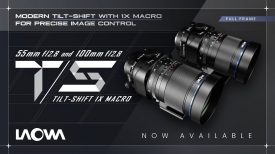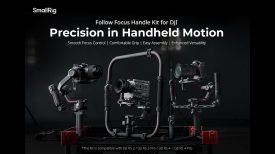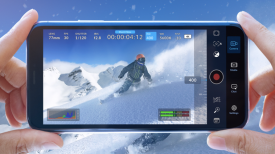By site editor Dan Chung:
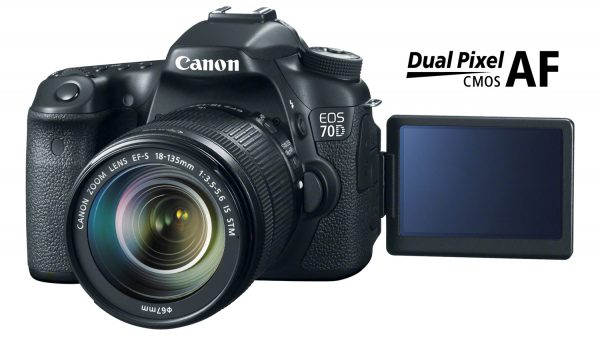
Canon have today launched what I think is going to be one of the most revolutionary technologies for real world video shooters – the Dual Pixel CMOS AF sensor.
The EOS 70D is a mid level APS-C DSLR replacement for the popular 60D. It has all the usual DSLR features but what sets it apart from all others is the brand new sensor design. Canon specifically designed the sensor to make autofocus in video mode more usable by using a new type of on-chip phase detection technology. It’s autofocus can function in low light at 0EV and at apertures as small as F11. That’s because it splits each pixel into separately readable photodiodes.

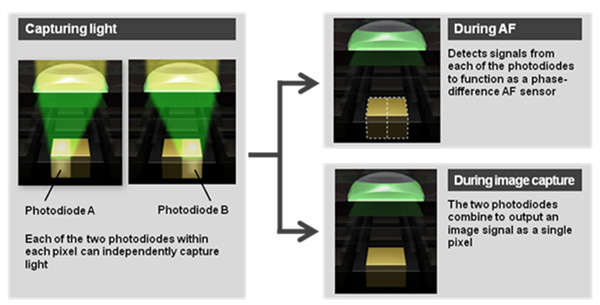
This is all very technical but essentially it seems to work very well if early online sample videos are to be believed. What is even more interesting to me is how Canon claim to have been also be working on how to make the video AF look more smooth and natural too. They claim it works more like the ‘human eye’ – something I would like to test for myself as soon as the camera becomes available.
To complete the experience the 70D has an articulated touchscreen that allows you to choose the point of focus or pull focus during recording. The AF system works with all current Canon EOS AF lenses and some older ones too.
For a long time I’ve been saying that autofocus will come to professional video shooting – it was just going to take the right technology. With the launch of Dual Pixel CMOS AF I think we are very close are finally seeing a technology that will make this come true. A couple of decades ago photographers used to say the same thing about AF for stills – these days only a small minority of photographers use manual focus.
Until now most video AF systems haven’t been up to the task of following even the slowest of subject movements. They have had a tendency to ‘hunt’ instead of smoothly tracking a subject. Canon’s previous DSLRs have mediocre AF, and the C100 has an AF function which I didn’t find very fast or fluid (although they did issue a new firmware this week to give better AF with the 18-135mm STM zoom). Panasonic has reasonable AF in the GH3 but it still doesn’t track well enough for my taste. Perhaps the best implementation of video AF to date has been in the Sony FS700 – which when used with the LA-E2 adapter and some nice lenses does track focus quite well. The Canon would appear to beat them all but more importantly it does so in a more natural looking way.
Let me get one thing straight though – this is not going to be the end of professional focus pulling in movie world, nor will it mean that most dramas or feature films will be shot with autofocus. Replicating the ‘human touch’ of an actual person deciding what is in focus and when is not something that is easy for a computer to replace.
Where I do see autofocus being useful is for news, documentary and event shooting where unpredictable and fast moving events make manual focus hard – especially when shooting with shallow depth of field. For the solo shooter this system could prove invaluable. Last week I was shooting a documentary manual focus on the Canon 1D C. Whilst I’m happy with what I shot I think that Dual Pixel CMOS AF would have given me a greater chance of catching fleeting moments.
The 70D may not be a camera I would rush out to buy because the rest of its video feature set doesn’t really work for me. What it does is demonstrate where the technology is taking us. It shouldn’t be too long before this chip technology finds its way into better specified video cameras and DSLRs. An updated C300 with Dual Pixel CMOS AF would be nice.
My crystal ball says that before long most real world shooters will be using autofocus for some, if not all, of the time.





